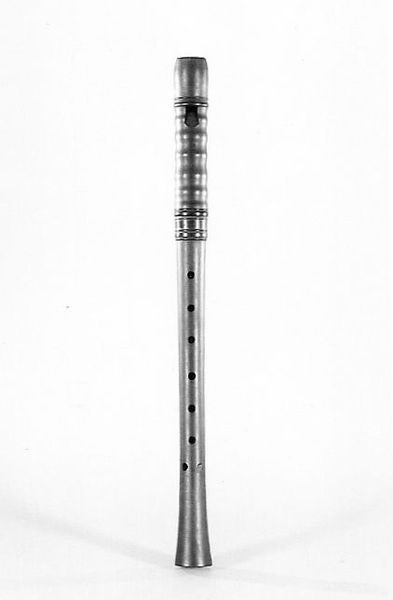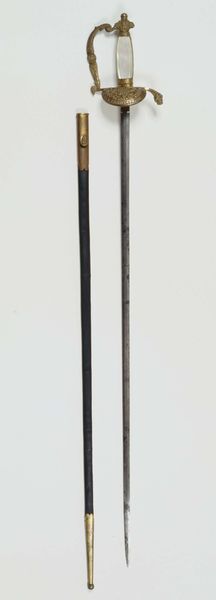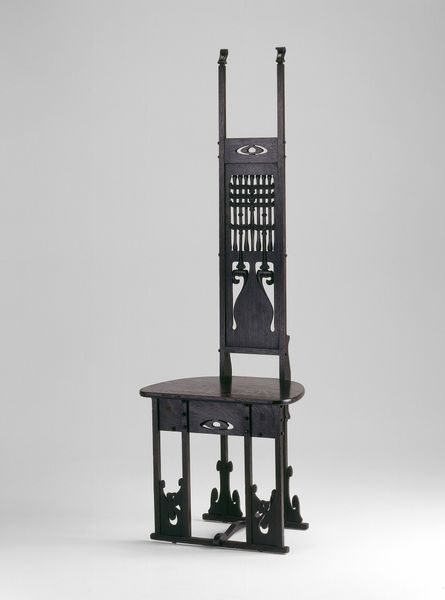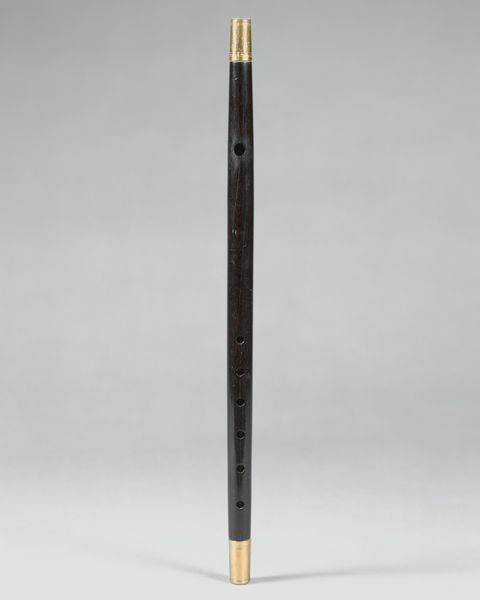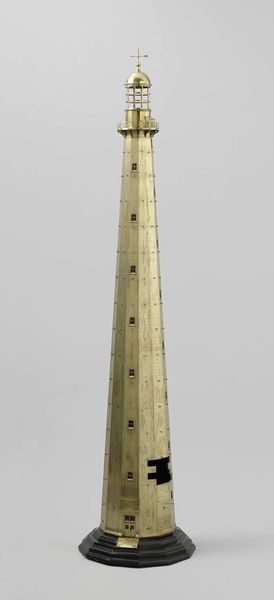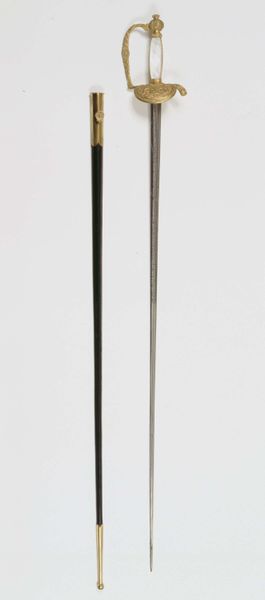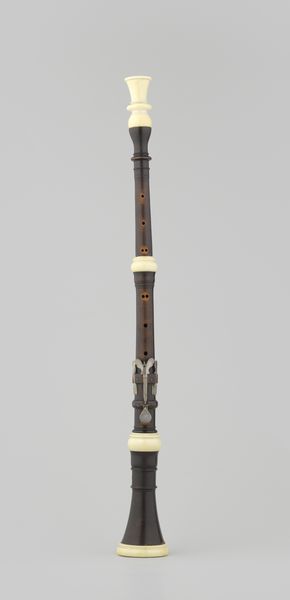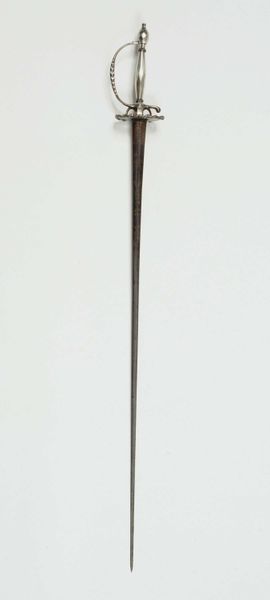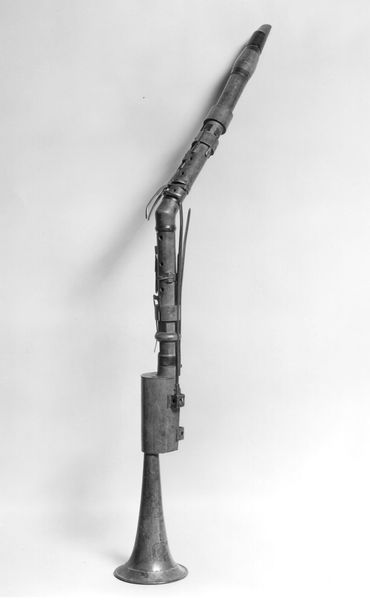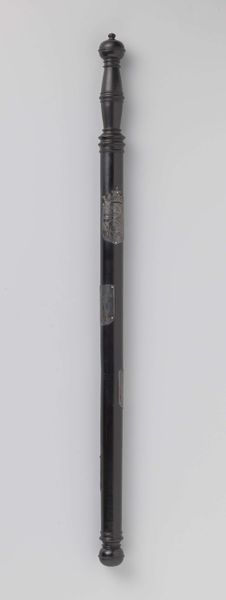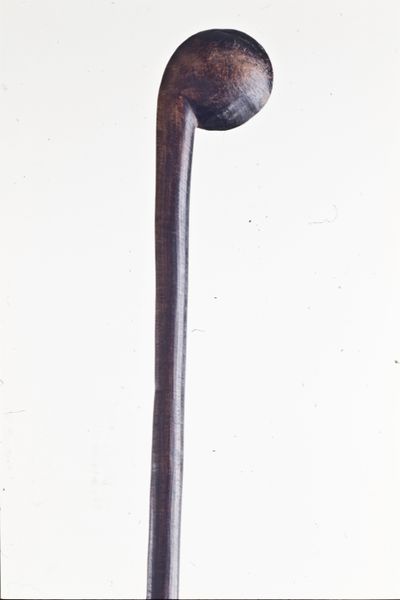
Dimensions: unconfirmed: 4600 x 900 x 900 mm
Copyright: © Ai Weiwei | CC-BY-NC-ND 4.0 DEED, Photo: Tate
Curator: Ai Weiwei's "Table and Pillar" presents us with a visually arresting paradox. A classical Chinese table seems violated by a massive pillar piercing through its center. Editor: It's unsettling, isn't it? That crude insertion juxtaposed with the table's delicate craftsmanship creates immediate tension. The sheer size of the pillar dominates the piece. Curator: Absolutely. Consider the act of deconstruction here. Ai Weiwei often challenges the established narratives of Chinese history and power. The table, a symbol of domesticity and tradition, is literally and figuratively undermined. Editor: And those materials, the repurposed wood, speak to both tradition and the contemporary destruction of cultural heritage during China's rapid development. There is a very tactile dialogue between craft and iconoclasm. Curator: Precisely. It begs the question, what traditions do we uphold, and at what cost? And who benefits from these structures? Editor: It leaves you thinking about how materials can carry stories of cultural upheaval and resistance. Curator: Indeed, it is a powerful statement on the shifting grounds of cultural identity and political power. Editor: Yes. It makes one reflect on the role of art as a form of silent protest.
Comments
Join the conversation
Join millions of artists and users on Artera today and experience the ultimate creative platform.
tate 6 months ago
⋮
This work is a large sculpture comprising a square-topped wooden table with four legs, which has a very tall, cylindrical wooden pillar embedded into it vertically near to one corner. Although tightly wedged into a round hole cut in the surface of the table, the side of the pillar juts out slightly from the table’s edge. A heavy block of metal is attached to the inside of the bottom of the pillar and acts as a weight, holding it in place. Several large, rectangular holes of different sizes are cut into its top half. The lower part of the cylinder is loosely coated with red paint that has been scratched off in several areas, and its upper half combines bare sections of wood with patches that are thinly covered with an ash-grey coloured paint. The table is dark brown in hue but there are many scratches across its surface that reveal lighter tones of brown underneath. Despite its dilapidated look, the table’s thin legs, flat top and fluted edges suggest that it was once an elegant domestic object, and it appears especially delicate in comparison with the extremely heavy-looking, roughly hewn pillar.
